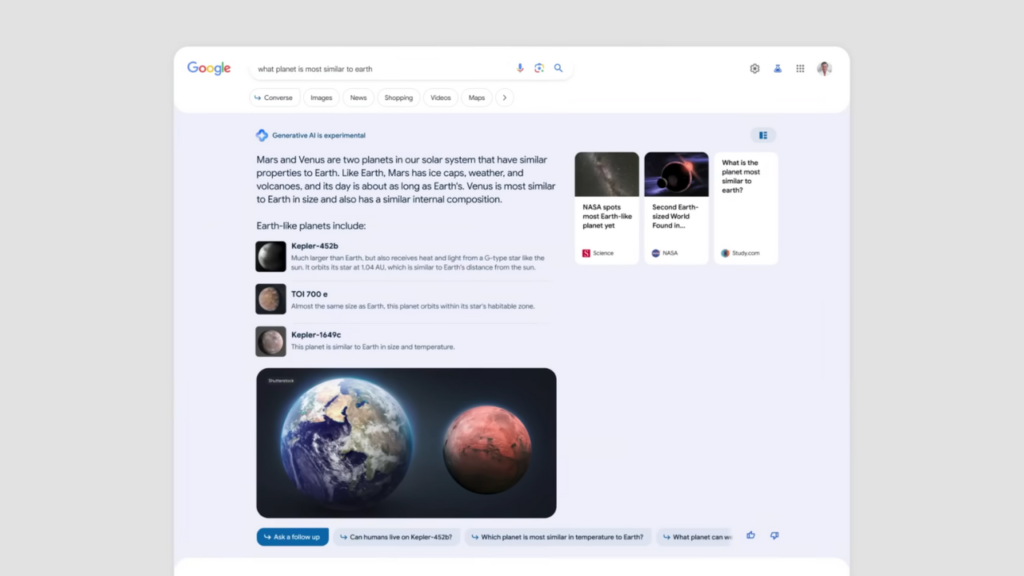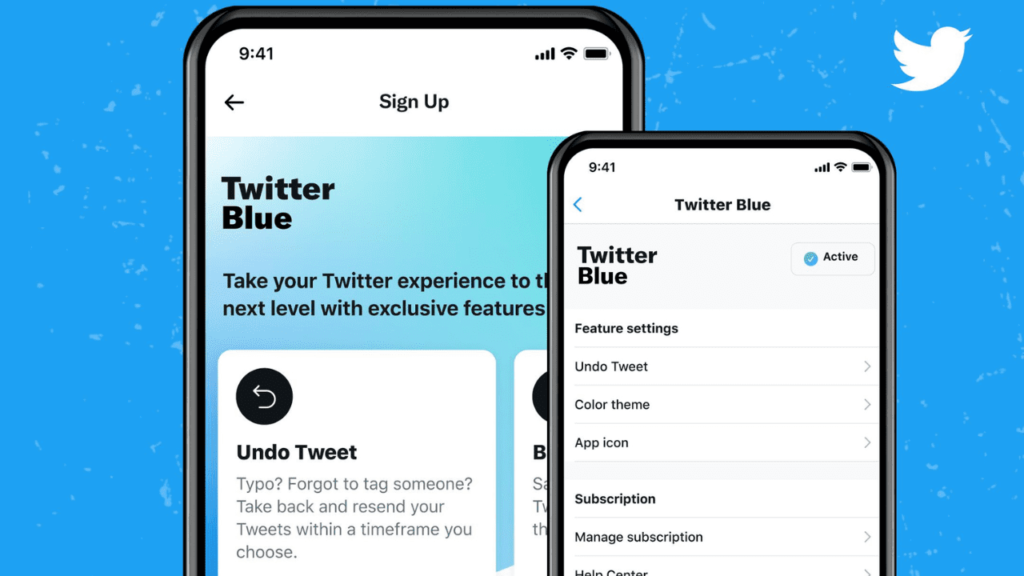Welcome to our news digest, your go-to source for the latest AI, security, and apps updates. We’ll cover topics from Universe’s revolutionary AI-powered designer for mobile website building to whether playing video games can be truly dangerous. Join us as we explore the most important stories and developments making headlines for the past 2 weeks.
AI
Google’s epic search update: AI-powered SEG now includes related videos and images
Google is introducing an exciting upgrade to its AI-powered Search Generative Experiment (SGE), incorporating contextual images and videos to enrich the search experience. Initially announced at May’s I/O conference, the generative AI-powered search feature is now getting even more engaging and informative.

With these latest enhancements, SGE takes search results to a whole new level by displaying relevant images and videos directly within the generative search suggestion box. When you look up subjects such as “best summer vacation spots” or “delicious chocolate dessert recipes,” you’ll be treated to a delightful display of captivating travel images or mouthwatering dessert-making videos seamlessly integrated right into your search experience.
But that’s not all! Google further enhances user convenience by displaying the publishing date for links recommended by SGE. This valuable addition allows users to gauge the recency of the information from web pages, enabling them to stay up-to-date with the latest developments.
Universe unveils AI-powered designer for mobile website building
Universe introduces AI-powered website designer GUS (Generative Universe Sites) in beta for iOS. GUS lets users create custom websites via text conversation, offering an editable layout without code. Beta is available to iOS users, with plans to expand to the web. It aims to assist small businesses and individuals in website creation easily. Universe seeks inclusivity and accessibility in web design with GUS’s AI capabilities. Founded in 2014, Universe has raised $47.3 million in funding.
AWS introduces healthcare-oriented services driven by generative AI
Amazon is broadening its health-oriented apps by introducing AWS HealthScribe, which employs AI tools to transcribe and analyze discussions between doctors and patients. HealthScribe generates patient notes, categorizes transcripts, and identifies roles, streamlining documentation for healthcare professionals.

However, concerns about biases and accuracy remain due to the AI capabilities being powered by Bedrock. HealthScribe is limited to creating clinical notes for general medicine and orthopedics. While security and privacy features are emphasized, the service is not entirely HIPAA compliant. Besides, Amazon unveils AWS HealthImaging, simplifying medical imaging data storage and analysis.
Amazon QuickSight now empowered with Generative AI capabilities
Amazon QuickSight gets generative AI upgrades at AWS Summit NY. Users can now generate visuals, fine-tune them with natural language commands, and create calculations without specific syntax. The “Ask Q” option lets users describe data they want to visualize, while “Build for me” allows editing dashboards and reports with simple commands.

QuickSight’s generative AI can also write Stories, combining visuals and text-based analysis. Users can tweak Stories using point-and-click or generative AI-powered options. However, caution is advised as AI models may have biases and generate misleading information.
Egnyte incorporates Generative AI Features into its storage platform
Egnyte, a software company specializing in cloud-based solutions for businesses, offering a comprehensive range of content security, compliance, and collaboration tools, introduces new generative AI tools, offering a ChatGPT-like interface for content interaction. The AI capabilities allow users to create document summaries and review video and audio transcripts to generate key points. In the future, Egnyte plans to enhance search capabilities, enabling users to query across sets of documents using natural language-based search. The company ensures data privacy and accuracy by fine-tuning GPT-3.5 and GPT-4 models from Microsoft Azure. Egnyte’s measured approach to technology adoption has led to steady growth, surpassing $200 million in revenue in Q1 2023. The new AI tools are being tested with select customers before a broader rollout later this year.
Security
Is it really dangerous to play games? Hackers target Call of Duty players with self-spreading malware
Hackers infect old game Call of Duty with self-spreading worms targeting players; Activision investigates. Unclear motives behind the malware, but it automatically spreads in online lobbies, indicating potential exploitation of game bugs. Call of Duty: Modern Warfare 2, released in 2009, still has a small online community. Valve, the Steam platform operator, has not commented on the issue. Typically, malware in video games is distributed through trojanized installers or cheats.
HackerOne’s workforce cut by 12%: Is it just a one-time event?
San Francisco-based bug bounty platform, HackerOne, lays off up to 12% of employees worldwide. CEO Marten Mickos emphasizes the move as a one-time event but necessary for long-term success. The affected employees will receive severance packages. Despite the layoffs, HackerOne remains a cybersecurity category leader, serving organizations like the U.S. Department of Defense, Google, and Microsoft to address vulnerabilities through its bug bounty platform.
Apps
X, ex known as Twitter, introduces a feature allowing paid users to conceal their checkmarks
X, formerly Twitter, now allows paid users to hide verification checkmarks. The feature was introduced with the Twitter Blue relaunch, and the service was renamed to XBlue during the rebranding. The help page for paid subscriptions has been updated, stating that checkmarks can be hidden on profiles and posts but may still appear in some places.

The option will be available in the “Profile customization” section of account settings. This move aims to help users enjoy subscription features without displaying their verified status. X has been introducing various features since the relaunch, including 10,000-character posts, a three-hour video upload limit, fewer ads on timelines, and ad revenue sharing for subscribed users. They also enabled encrypted DMs for verified users.










